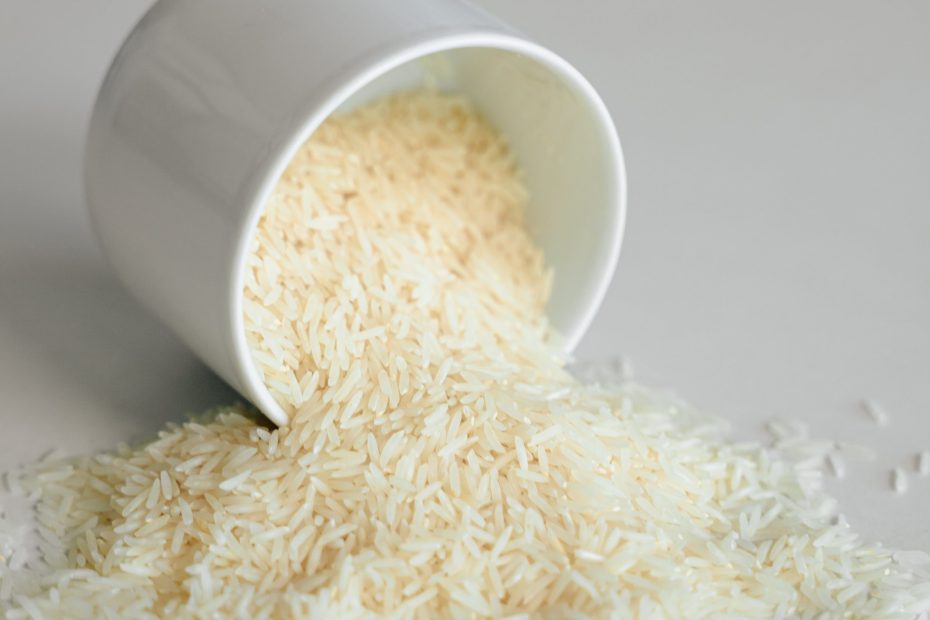Introduction:
Rice, a staple in households worldwide, serves as an economical and versatile ingredient. Whether you’re a seasoned cook or a kitchen novice, mastering the art of cooking rice is a fundamental skill that opens the door to a myriad of culinary possibilities. In this guide, we’ll walk you through the steps of how to cook rice perfectly every time, showcasing its frugal nature without compromising on flavor, and also showing you a couple of methods to spice up your rice.
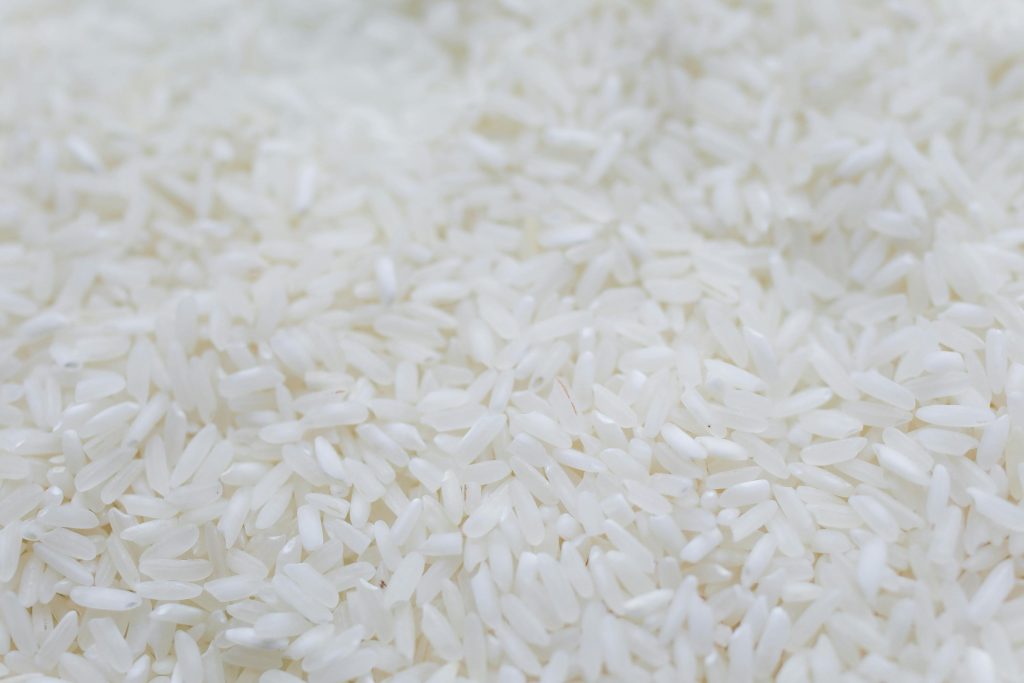
Choosing the Right Rice:
The first step in achieving perfect rice is choosing the right variety. Long-grain rice, such as Basmati or Jasmine, is known for its fluffy texture and separate grains. Short-grain rice, like Arborio or sushi rice, tends to be stickier, perfect for dishes where you want the grains to cling together.
Rinsing for Fluffiness:
Before cooking, rinse your rice under cold water to remove excess starch. Rinsing helps prevent the rice from becoming overly sticky and ensures a fluffy end result. Place the rice in a fine-mesh sieve or bowl and rinse until the water runs clear.
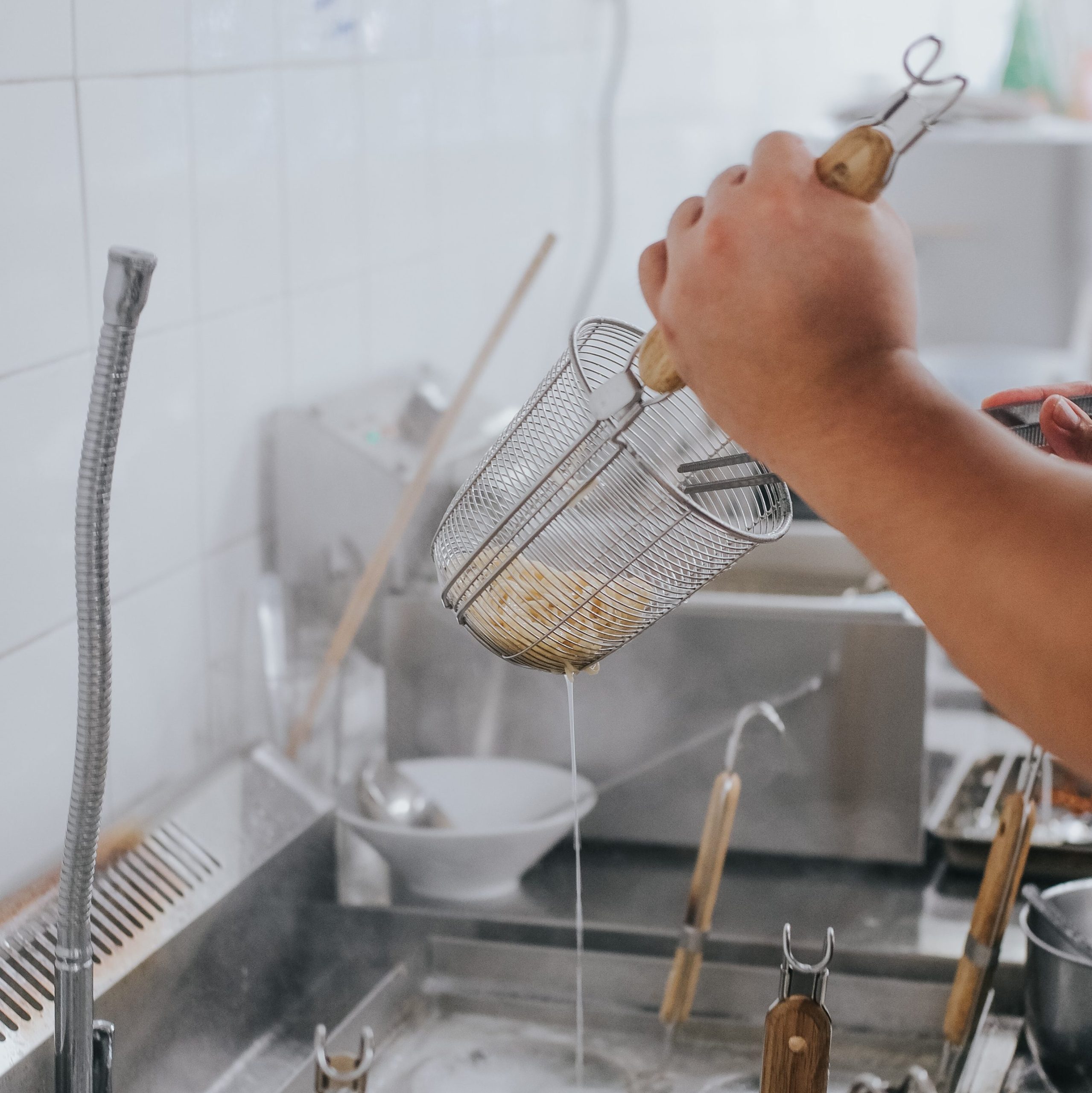
The Ideal Rice-to-Water Ratio:
Achieving the perfect rice-to-water ratio is crucial for well-cooked rice. A common ratio is 1 cup of rice to 2 cups of water (1 dl rice – 1.5 dl water) for most long-grain varieties. However, this can vary, so always check the package instructions for specific guidelines. Short-grain rice may require a bit less water.
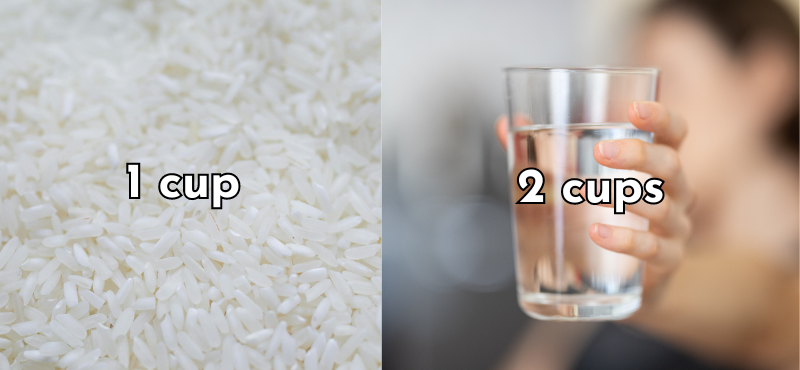
Bringing to a Boil:
Place the rinsed rice and water in a saucepan with a tight-fitting lid. Bring the water to a boil over medium-high heat. Once boiling, reduce the heat to low, cover the pot, and let the rice simmer. Avoid lifting the lid during cooking, as this lets steam escape and may result in unevenly cooked rice.
Simmering to Perfection:
Allow the rice to simmer for the recommended time, typically 12-18 minutes for most varieties. Longer cooking times may be needed for brown or wild rice. Check the package instructions for precise cooking times. Remember, patience is key – resist the temptation to stir the rice while it’s cooking. Keep a close eye on the rice while cooking, once the water has all evaporated, don’t let it cook for much longer, to not burn the rice.
Fluffing and Resting:
Once the rice is cooked, let it sit, covered, for an additional 5-10 minutes. This resting period allows any remaining steam to finish cooking the rice and makes it easier to fluff with a fork. Gently fluff the rice to separate the grains, creating a light and airy texture.
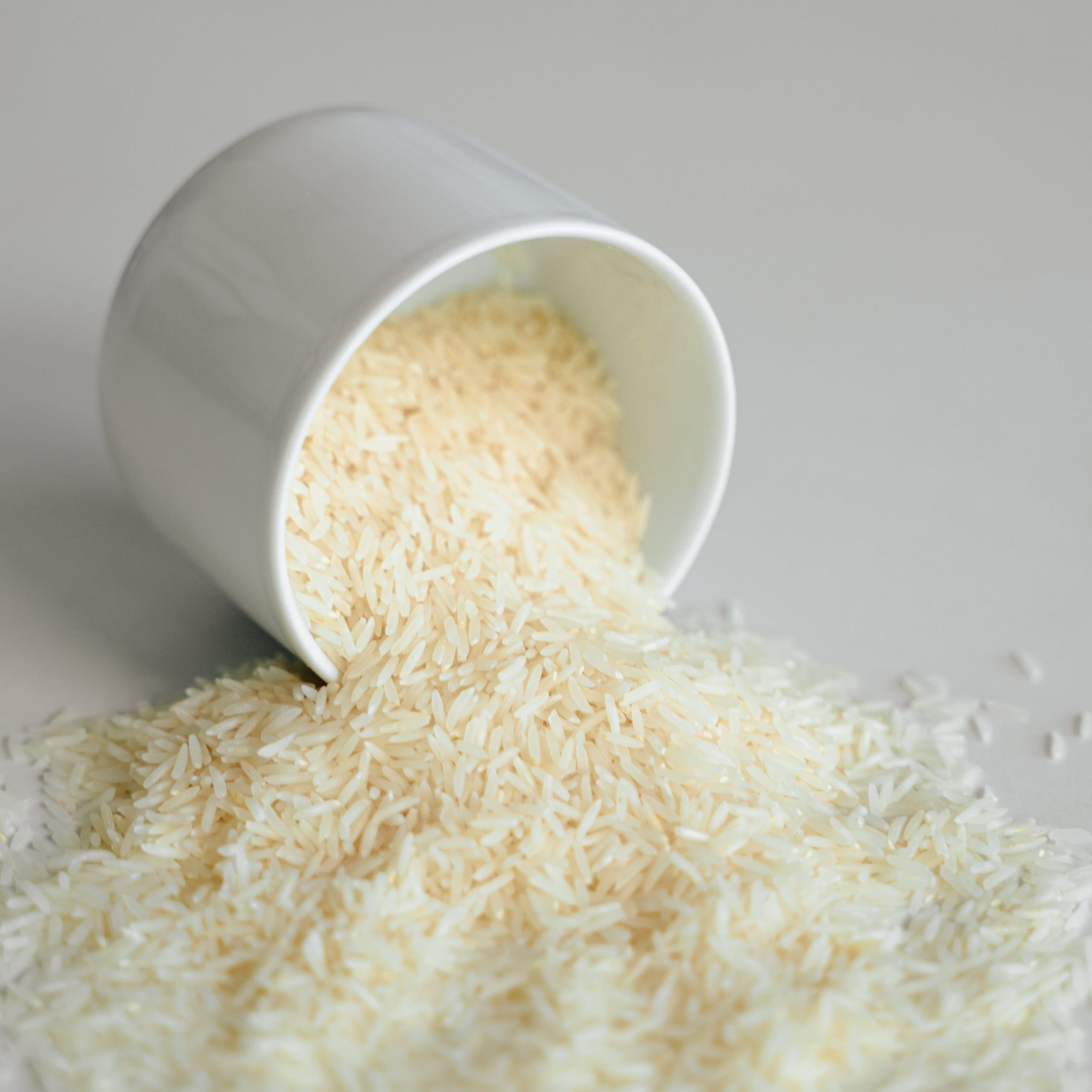
Experiment with Flavors:
Rice serves as a blank canvas, ready to absorb a variety of flavors. Enhance your rice by adding a touch of butter, a splash of broth, or a sprinkle of herbs. Experiment with different spices or infuse the cooking water with broth for an extra layer of taste.
You can also sauté the rice in some butter before adding the water, i often melt some butter in the saucepan, add some grated garlic, sauté the butter and garlic for 1-2 minutes, then add your washed rice sauté for another 1-2 minutes, then add the water and proceed as you normally would, the butter ensures that none of the rice sticks to the bottom of the pan, and it is also infused with the garlic, you can try this with any other spices or herbs. Check out the recipe below for a recipe that includes the garlic rice
Cauliflower stew W/ Garlic rice & Tzatziki
Conclusion:
Cooking rice is an essential skill that opens the door to countless budget-friendly and delicious meals. By following these simple steps, you’ll be on your way to mastering the art of cooking rice, creating a foundation for frugal and flavorful dishes that will satisfy both your taste buds and your wallet. Happy cooking!
